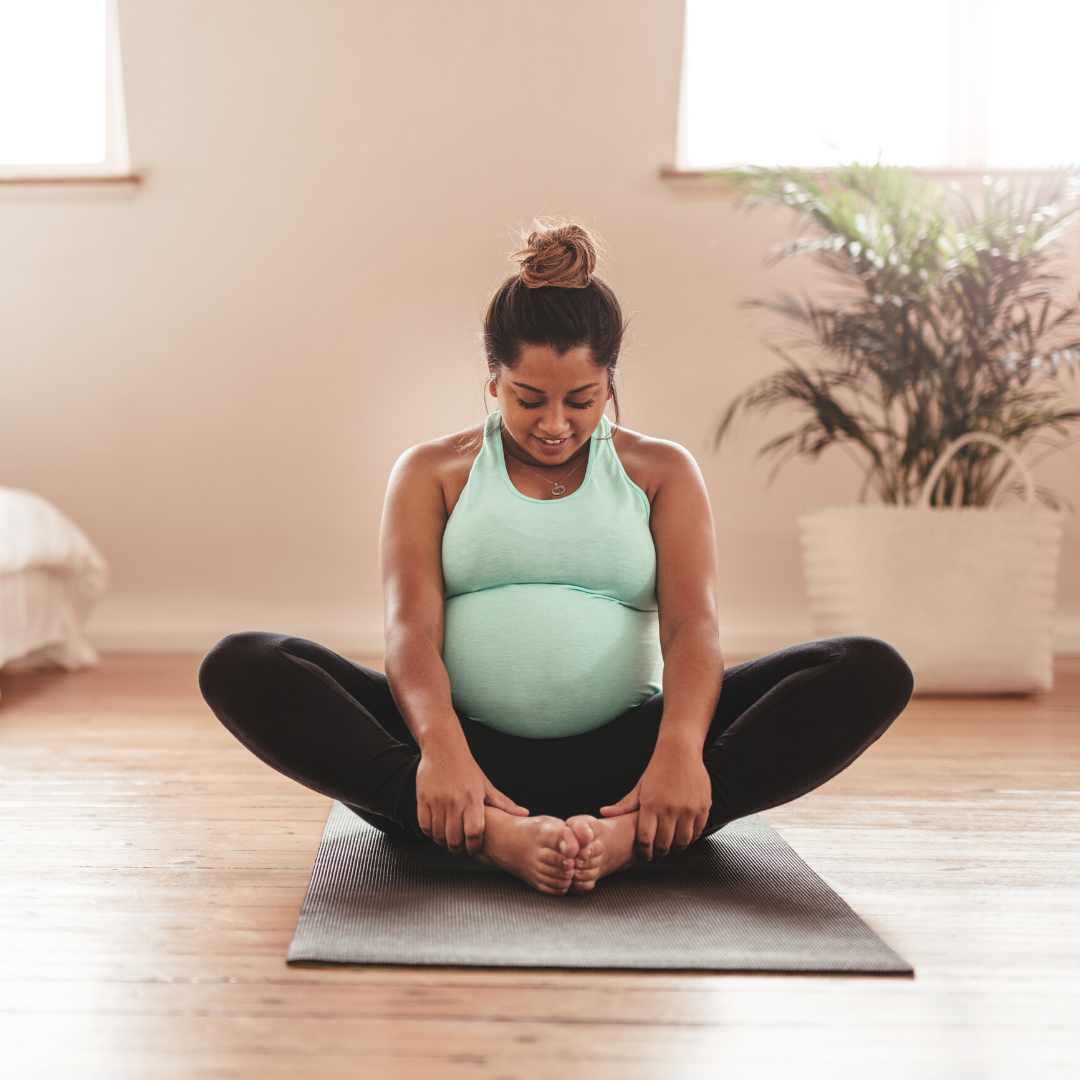
BLOG
Inspiration for your movement and parenting journey.

Yoga for Pelvic Girdle Pain
Pelvic girdle pain (PGP) is one of the most common complaints I hear from my prenatal students. PGP varies in severity and areas of pain. PGP maybe a persistent on-going pain or triggered by certain movements, or a combination of both.
